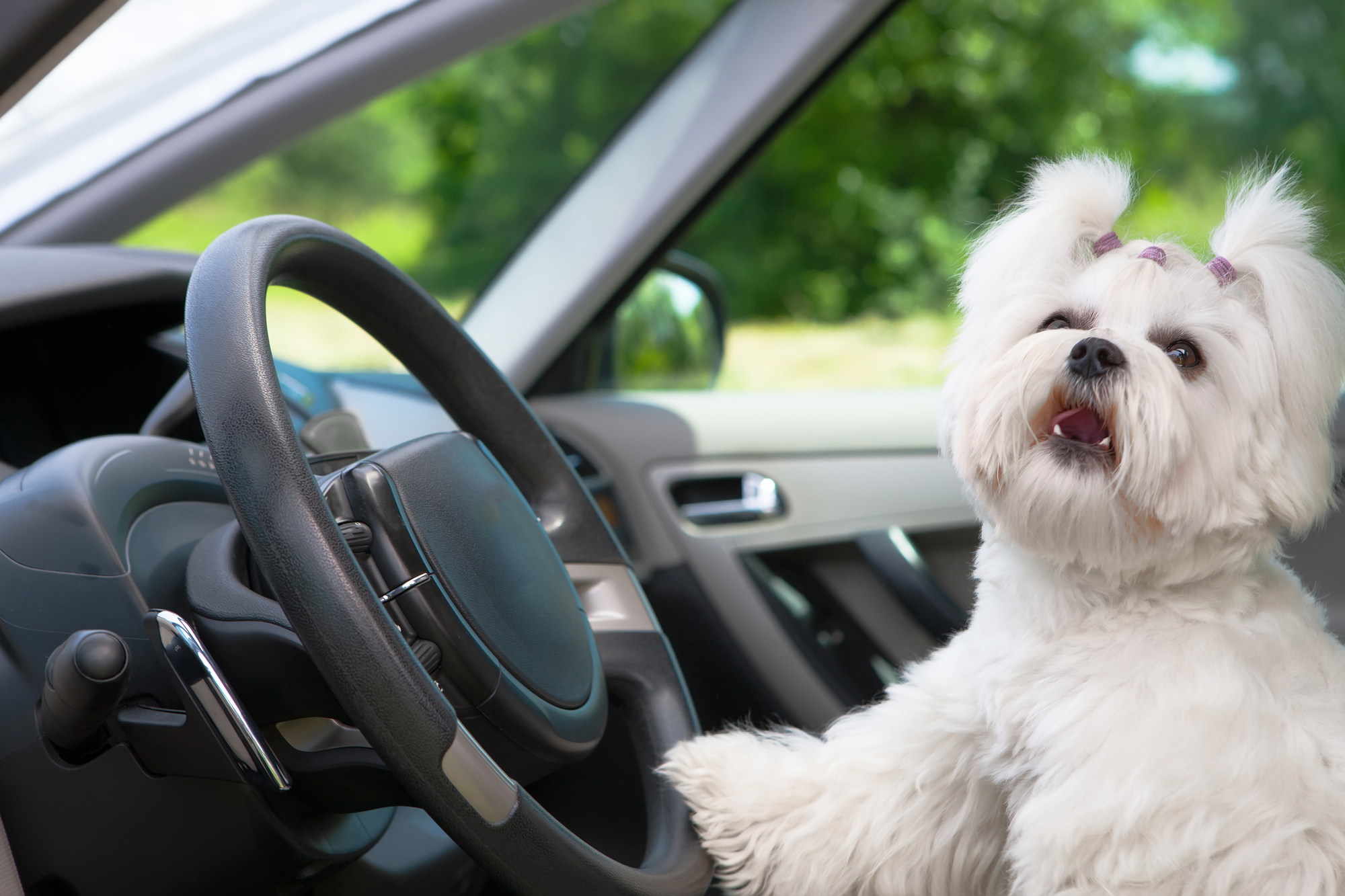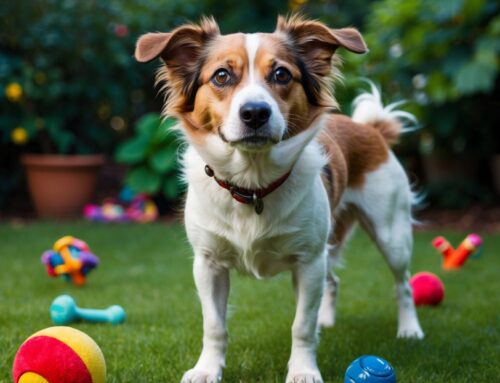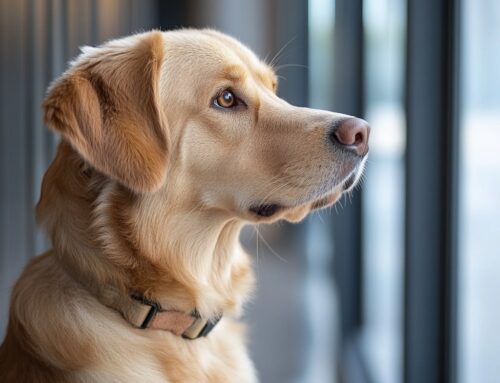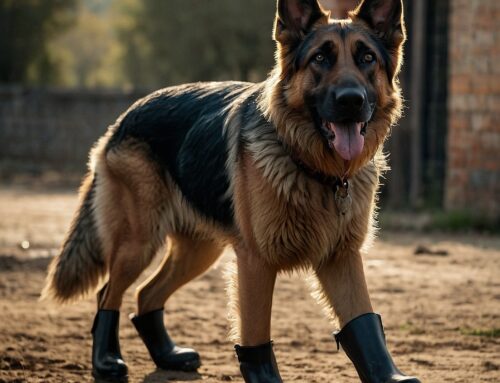While some dogs don’t mind riding along with you in your car whenever you take a trip, there are definitely pups out there who would prefer their own four feet to be their sole means of transport.
Many of these dogs aren’t silent about this preference; in fact, there’s a healthy minority that are all too comfortable voicing their displeasure at being forced to become a passenger when it comes to vehicular travel.
Barking — especially incessant barking — can be both annoying and a tremendous distraction, both to drivers and other passengers.
Why Do Dogs Bark in the Car?
The reasons why dogs bark in vehicles are plentiful; some dogs may bark because they’re stimulated by the passing scenery, traffic and/or pedestrians and bicyclists. Others might bark because they’re excited, believing they’re headed to a fun location, like a park or a beach.
Fortunately, regardless of the cause, there are a few basic steps you can take to reduce or eliminate your dog’s barking in the car, even if you can’t pinpoint the exact cause of it.
Don’t Let Your Dog Roam Loose
Like children, dogs should be secured when they’re passengers in your vehicle. The reason why is simple: in the event of an accident, securing either a child or a dog can prevent catastrophic injury and stop them from being ejected from the automobile in case of a collision. Another issue with a loose dog in an accident is that after a crash occurs, they can panic and run loose from the crash zone and either get lost or be in danger of being hit by another moving vehicle.
Objects Both Outside and Inside Can Over-Stimulate
Loose dogs can interfere with a driver’s ability to see via a car’s windshield, rear window, side windows and/or mirrors. But also, it’s the objects and scenery flying by outside these windows that can be the cause of your dog’s barking. And even if objects outside the vehicle aren’t tempting or distracting to your dog, the objects and items INSIDE your vehicle can prove irresistible, especially if there are other passengers, such as children, who can play and tease dogs with these temptations.
Why a Soft Crate and Toys Can Help
You may have noticed that some people who transport their four-legged companions in their cars use a soft crate (sometimes with mesh “windows” on the sides and/or top) comprised of nylon fabric over a lightweight plastic or metal frame. Usually, a zippered section of this container can peel back, so you can put your pup in or let him or her climb out.
This crate can be a way to keep your pooch secure while preventing them from getting too excited or afraid of what’s happening outside your vehicle. But know that getting him or her accustomed to being in such a crate can take a bit of training, including (at first) in a non-moving environment, like your home. Tossing in a treat or chew on inside the crate (an item that’s unique to it, that they don’t have access to anywhere else) will further occupy and distract your pup.
Dog Seat Belts and Other Accessories
In case you aren’t able to use or fit a dog crate in your car, a number of companies sell dog seat belt products that you can attach to your vehicle’s interior. Be sure to read their specifications and reviews to know which ones are suitable for your dog’s breed. The back seat is a better place for your pup to be belted in than the front seat because of the risk that airbags present in the case of a collision.
Another accessory that can potentially help is window shades to cut down on your dog’s view of what’s outside. With less stimulation, there may be fewer reasons for your furry friend to bark while your vehicle is in motion.
How to Train Your Dog Not to Bark
It may not be enough to simply keep your dog in one place for the duration of a trip in your car. After all, your pup is still free to make a racket, even if they’re secured in the same spot for the whole journey. For this reason, you may want to train them not to bark at all — regardless of where they are.
To do this, try getting your dog to follow the commands to “stay” and/or “lie down” while being quiet. This can be done anywhere. But once your dog has mastered these, you can move him or her from inside your home to inside your car. Start with the ignition off. Then, after some successful training, you can turn on the ignition but not drive anywhere, and finally, try taking your pup on a few short trips.
You can use treats to encourage these trained behaviors, but over time, you may want to transition from treats to simple praise.
Also teaching your dog the word, “No,” should mean stop what you’re doing — it’s key not to repeat this command over and over again.
Don’t Accidentally Reward Your Dog for Barking
One final tip is to not accidentally reward your dog for barking.
If your dog continues to bark, and you yell or shout “Quiet!” repeatedly, this may only reinforce your pup’s bad behavior, as they might think you’re encouraging rather than discouraging them (they may only hear the volume and repetition of your voice, as opposed to knowing what your words mean).
It’s important that your dog understand verbal commands.
Also, consider whether you’re opening your car doors to let your pup out at a fun destination immediately after they bark (or while they continue to do so)… this is a no-no! This action only sends the message that the park or the beach is the reward for having made such a racket.
Therefore, you should wait for a sustained period after your dog has stopped barking (and preferably, after you’ve stopped the car) to let them out of their crate or other restraint. Be sure to be consistent with this behavior, so you send a clear signal.
Once you’ve curbed this behavior, your trips can once again be peaceful and stress-free. A quiet ride is a joyful ride!








